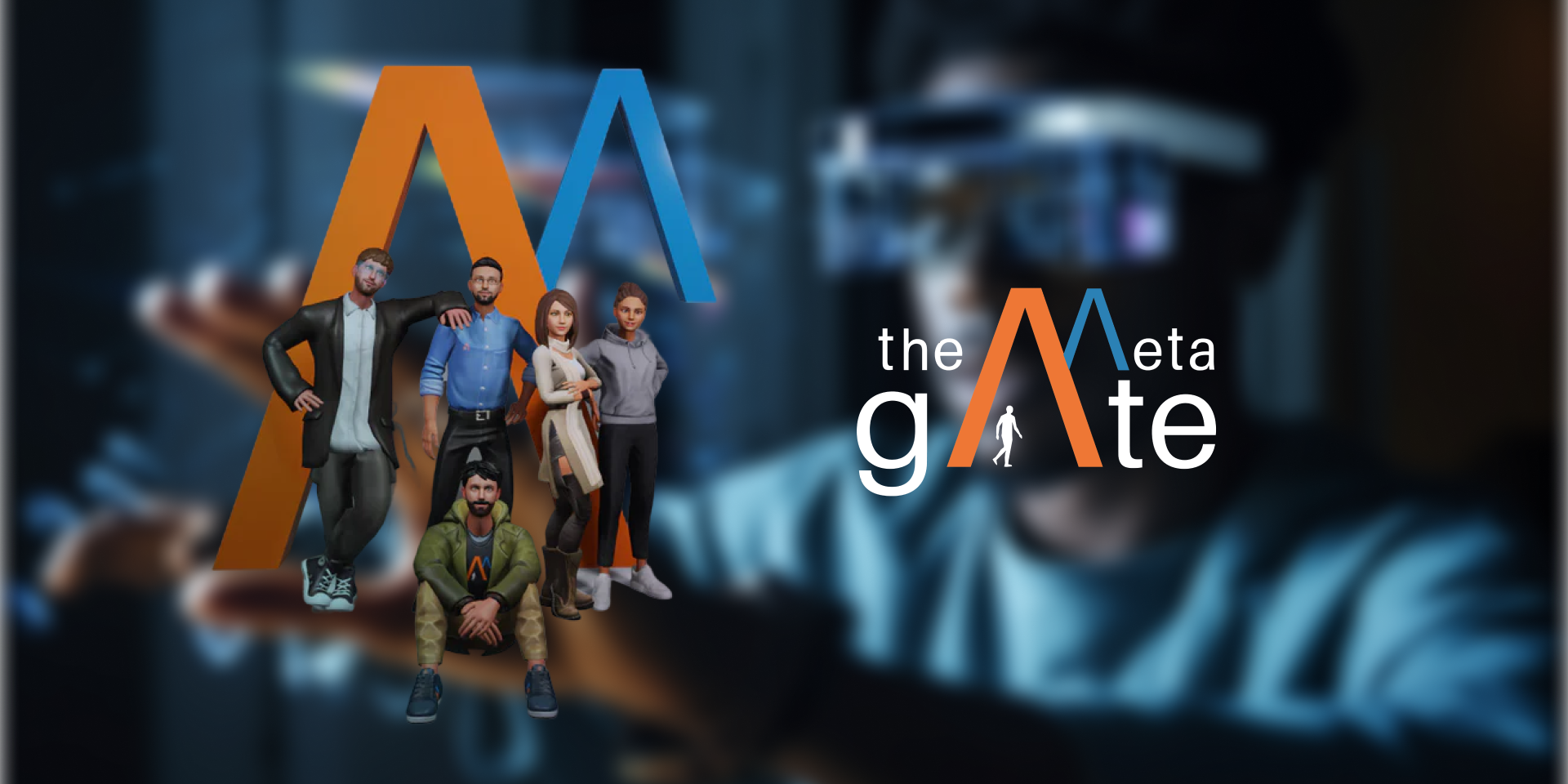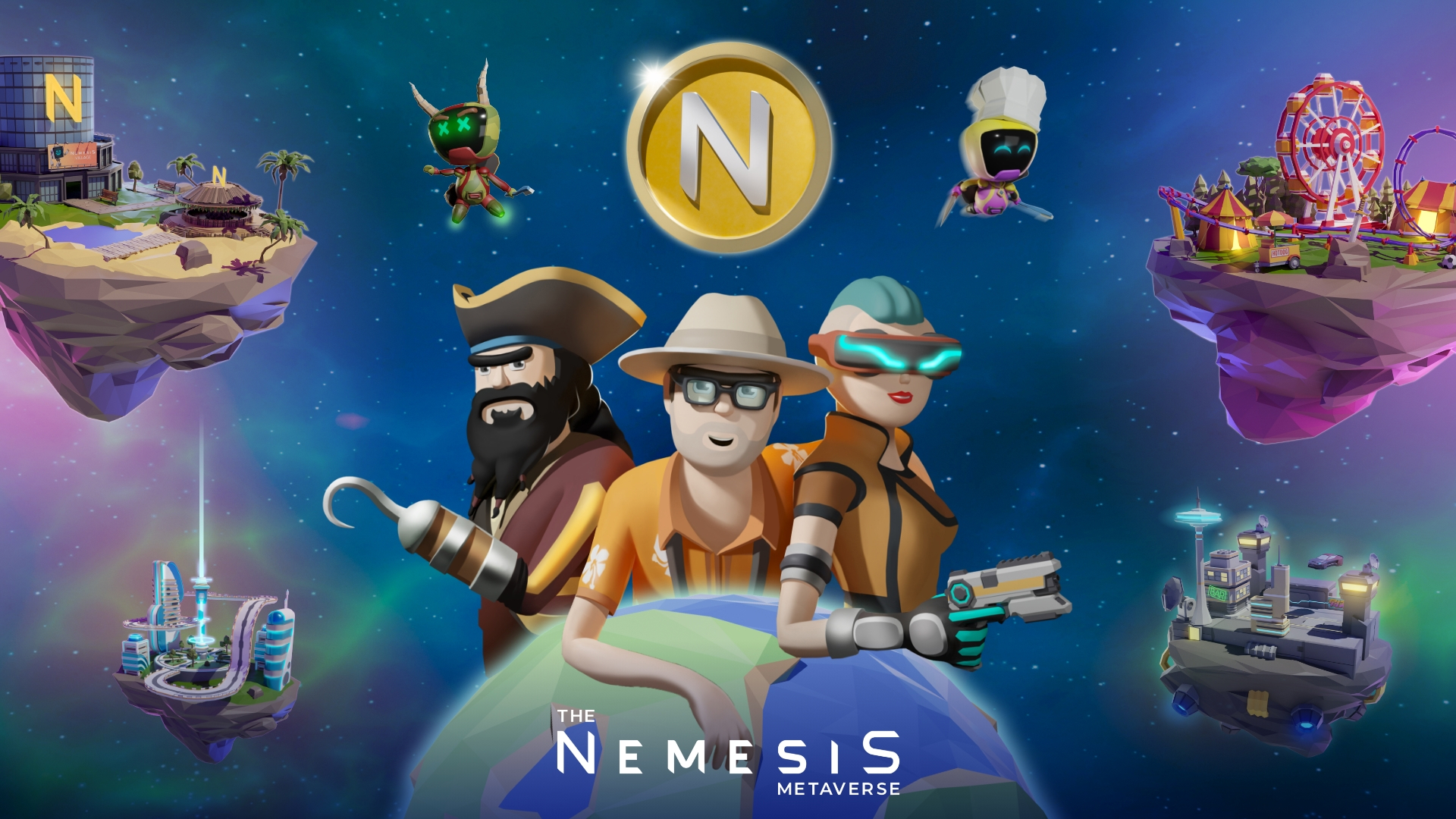Androids are redefining our relationship with technology, despite having a nearly century-long history rooted in the unveiling of the first specimen, “Elektro,” in 1939. Since then, advances have been enormous in every field from materials engineering to Artificial Intelligence, transforming simple automatons into complex interactive systems capable of communicating and responding to specific commands, such as the cognitive humanoid robot RoBee from Oversonic Robotics.
Robotics in the medical field
One of the most significant application areas for robotics is the madical field. Within this macro-area, the development of robotics has expanded into different sectors such as surgery, sanitation, medical diagnostics, and many more.
Among the most recent innovations in these sectors is the MIRACLE system, a mobile robot equipped with a 3D CT scanner, designed for emergency medicine. Its ability to provide rapid and accurate diagnoses makes it crucial for timely, life-saving interventions.
For minimally invasive surgery, the Da Vinci system offers a robotic platform, from which surgeons can operate using joysticks and foot pedals to actuate four robotic instruments that perform complex procedures with extreme precision.
To address the growing need for personnel in hospitals, Oversonic Robotics has developed the first cognitive humanoid robot: RoBee.
The humanoid robot at the service of health
RoBee operationally replicates the mechanical structure of the human body and is currently employed in fields such as industrial automation, logistics and manufacturing. Its implication in these fields is due to its possession of certain fundamental skills, including the ability to manipulate objects with precision and the loading and unloading of materials. In addition, RoBeehas the ability to assist operators in assembling products, measuring them, ensuring their quality, and packaging them when finished.
These skills are provided by both a strong ability to perform complex, repetitive tasks and resistance to hostile environments ranging from 5° to 50° degrees. With 40 moving joints, a set of sensors and a complex navigation algorithm based on deph cameras, it is able to move smoothly in the surrounding space. Finally, the trecking system and gripping devices, with which it is equipped, provide it with precise control in interacting with objects that ensure its operation.
RoBee’s qualities are currently also exploited in the healthcare sector, as it has become a fundamental aid for medical staff. This robot, with its 175 cm height and 80 kg weight, is equipped with a cardioid microphone with 60 Watts of power and a charge that provides up to eight hours of autonomy.
RoBee has the ability to converse with patients, respond to their requests, accompany them during internal hospital movements, remind them of therapies and medicines to be administered, and communicate promptly and directly with staff. Therefore, it is not just support for medical personnel, but becomes a true ally for patients, responding to their needs accurately and punctually.
Investments and collaborations
At the Fondazione Santa Lucia IRCCS, a Roman hospital and research institute, RoBee is the protagonist of an innovative project in neurorehabilitation, working alongside neuropsychologists and speech therapists. Thanks to its social interaction capabilities, RoBee has proven capable of assisting professionals during cognitive neurorehabilitation sessions for people affected by cerebral stroke.
Through activities of accompaniment, monitoring, and assistance to Alzheimer’s patients, it has also been included in an implementation program at the home care of the KCS Consortium.
With engineer Fabio Puglia as president of Oversonic Robotics, and Dr. Paolo Denti as CEO, Oversonic has been listed among the 13 “Leading Public Players in Humanoid Robotics” worldwide in CB Insight’s “2024 Tech Trends” report. In the same year, it was ranked among the “Top LinkedIn Startups,” demonstrating its rapid success in innovation and its potential in the field of robotics.
The next project planned with RoBee will be in collaboration with Villa Beretta Rehabilitation Research Innovation Institute (VBRRII), a center of great excellence for neurorehabilitation. This initiative will take place within the joint research laboratory between VBRRII and Politecnico di Milano, with the aim of improving the efficiency of therapies and the quality of life of patients. RoBee will be able to encourage greater adherence to rehabilitation therapies through its interaction capabilities, and it can reduce the workload of healthcare professionals by performing caregiver functions.
In conclusion, Oversonic Robotics’ journey is an example of how excellence in the robotics sector can evolve, even in the Brianza area, where the company has been located since its foundation in 2020. The company’s strategic vision and RoBee’s extraordinary capabilities culminated this year in a 5 million euros of investment from the venture capital fund Cysero, managed by AVM Gestioni Sgr, with Kilometro Rosso. This funding will not only allow Oversonic to further accelerate RoBee’s development, improving its safety and productivity, but also reinforces the joint goal of promoting innovation and the “Made in Italy” robotics culture, consolidating the company’s technological leadership in the industrial landscape.






